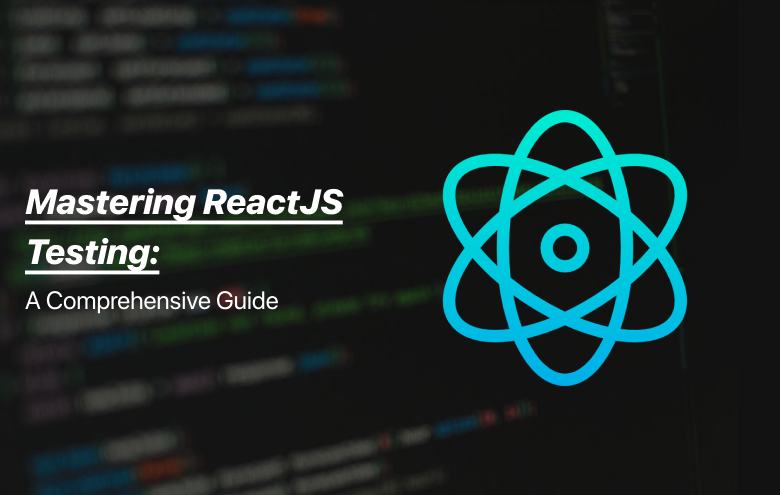


React JS Development has emerged as a preferred choice for modern web applications, owing to its component-based architecture and declarative syntax.
As the complexity of applications grows, the need for reliable testing becomes paramount.
In this blog post, we will delve into various tools and strategies for testing ReactJS applications, covering everything from unit testing to end-to-end testing.
A cornerstone in React testing is the React Testing Library, a library that focuses on testing components in a way that closely mirrors user interactions. By encouraging tests that resemble user behaviour, this library enhances the maintainability and robustness of your test suite.
Jest, a robust testing framework developed by Facebook and integrated with create-react-app, is a default choice for many React developers. It provides a streamlined approach to unit testing, snapshot testing, and mocking in React applications.
Unit testing involves testing individual components in isolation to ensure their expected behavior. Tools like Jest, coupled with React Testing Library, are instrumental in crafting effective unit tests.
Best Practices for Unit Testing:
End-to-end (E2E) testing examines the entire application from the user’s perspective. Cypress and Selenium are popular choices for React E2E testing, simulating real user interactions in a production-like environment.
Best Practices for E2E Testing:
Regardless of the testing level, certain best practices apply universally to all testing strategies in React applications.
Snapshot testing, facilitated by Jest, captures the output of a component and compares it against a stored “snapshot.” This technique offers benefits such as detecting unexpected UI changes and speeding up testing by avoiding manual checks.
Mocking is vital for isolating components and ensuring predictable tests. Jest provides built-in capabilities for mocking functions and modules, allowing control over the behaviour of dependencies during testing.
Types of Mocking:
React applications often involve asynchronous operations, such as API calls or state updates. Jest provides tools for handling asynchronous code, including the use of “async/await” and utilities like “waitFor” in React Testing Library.
Tips for Testing Asynchronous Code:
In conclusion, effective testing is a crucial aspect of building robust ReactJS applications. Whether performing unit testing, integration testing, or end-to-end testing, selecting the right tools and adhering to best practices contribute to the overall reliability and maintainability of your application.
Tec-Sense Innovations, a leader in software testing solutions, offers cutting-edge technologies and expertise to streamline your testing processes and ensure the highest quality for your ReactJS applications.
By incorporating these testing strategies into your development workflow, you can ensure a smoother process and deliver high-quality ReactJS applications to your users.

